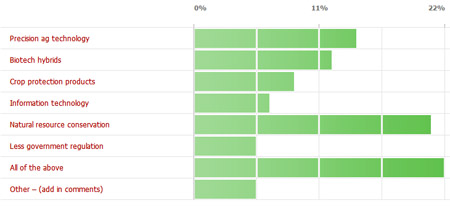After a year, The U.S. Department of Commerce (DOC) has released its final findings regarding the Countervailing Duty and Anti-Dumping rules regarding the imports of billions of dollars of solar cells from China.
DOC ruled that there will be no change of scope with the exception that small consumer goods are now excluded. In addition, the effective rate on Suntech has gone up a few percentage points, down four percent for Yingli and Canadian Solar with Trina down 12 percentage points from the preliminary numbers. The DOC also recommended anti-subsidy duty percentages of 14.78 percent for imports made by Suntech, 15.97 percent Trina Solar and 15.24 percent for all other Chinese manufacturers. Lastly, critical circumstances are in effect save for Suntech’s anti-dumping tariffs.
 Jigar Shah, the president of The Coalition for Affordable Solar Energy (CASE) responded by saying, “We are gratified that the scope of today’s decision is limited only to solar cells made in China and that the Department did not significantly increase the tariff from its preliminary decision in May. We are hopeful that continued innovations in technology, a competitive global marketplace, and demand-generated pressure for lower prices will take precedence moving forward. At the same time, we remain concerned about the growing global trade war, which will only hurt American solar industry jobs, growth and consumers.
Jigar Shah, the president of The Coalition for Affordable Solar Energy (CASE) responded by saying, “We are gratified that the scope of today’s decision is limited only to solar cells made in China and that the Department did not significantly increase the tariff from its preliminary decision in May. We are hopeful that continued innovations in technology, a competitive global marketplace, and demand-generated pressure for lower prices will take precedence moving forward. At the same time, we remain concerned about the growing global trade war, which will only hurt American solar industry jobs, growth and consumers.
He added that CASE believes global competition is good for American solar consumers and companies and that the tariffs will not stop the development of solar energy.
In its final decision, the DOC determined that crystalline silicon photovoltaic (“PV”) cells produced in China, whether or not assembled into modules, would be subject to antidumping and countervailing duties. Under the ruling, solar modules assembled in China from cells produced in third countries do not fall within the scope of the duties. Based on this, PV cells produced in China by JA Solar will be subject to an antidumping duty of 25.96 percent and countervailing duty of 15.24 percent.
Jonathan Pickering, president of JA Solar USA, commented, “We are pleased that the dispute is coming to a close and that the scope of the investigation was not expanded. JA Solar cooperated fully with the DOC during its investigation, and we continue to state our case to the International Trade Commission (ITC).” The ITC will make its final ruling on or before November 23, 2012.
Pickering added, “We remain focused on addressing our customers’ need for high-quality, high-performance products, and we’re determined to play an active role in the rapid growth of the U.S. market.”
![]() ZimmPoll is sponsored by Rhea+Kaiser, a full-service advertising/public relations agency.
ZimmPoll is sponsored by Rhea+Kaiser, a full-service advertising/public relations agency.









 This edition of “The Ethanol Report” features comments from
This edition of “The Ethanol Report” features comments from 



